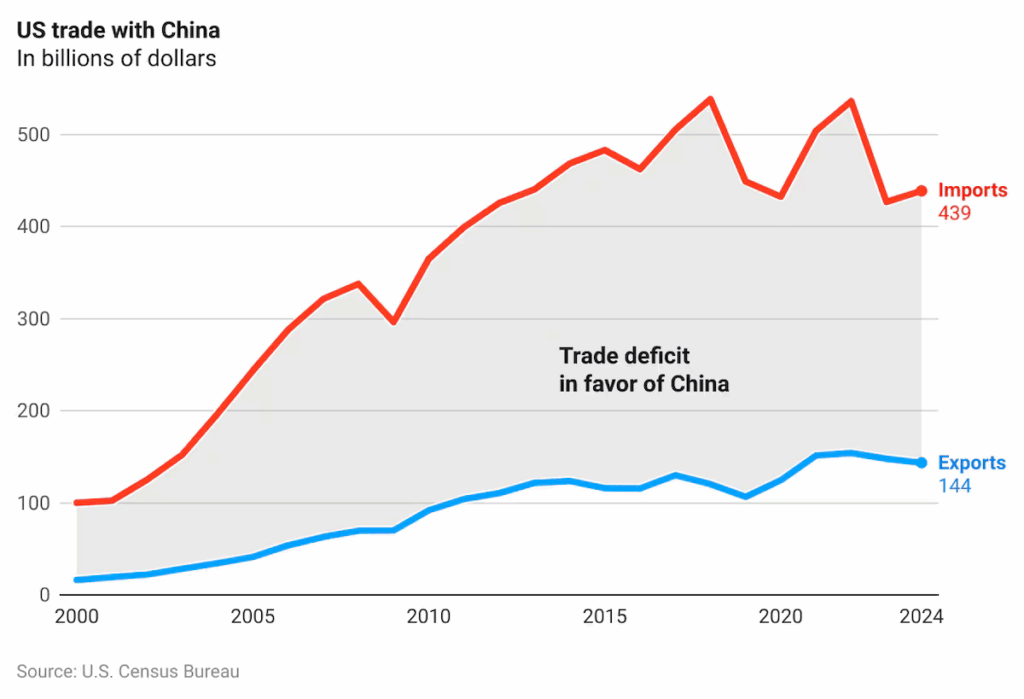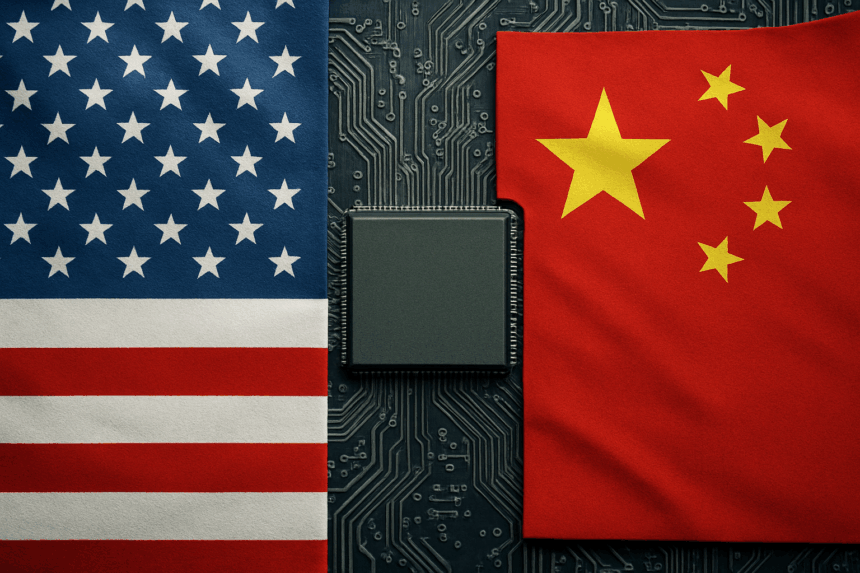The latest trade deal between the U.S. and China shakes up the technology and electronics sectors. While the two economic giants signal cooperation, tariffs on Chinese imports could rise sharply. This deal impacts prices on electronics and access to key materials. TF breaks down what the trade deal means for technology companies, consumers, and the greater marketplace.
What’s Happening & Why This Matters
President Donald Trump recently announced a new trade agreement with China. The deal could raise tariffs on Chinese imports from 30% to 55%, a jump that may affect prices on consumer electronics. Trump shared details on his Truth Social account, highlighting that while the U.S. would face a 55% tariff on some Chinese goods, China would face a 10% tariff on American products.
This development signals a tougher stance on trade with China, especially in the tech sector. The deal remains pending final approval by both President Trump and Chinese President Xi Jinping.
Despite the higher tariffs, the agreement includes some promising elements for technology industries. Notably, China has agreed to restore U.S. access to rare earth minerals, including those critical for producing magnets used in many electronics. These materials are essential for manufacturing smartphones, electric vehicles, and military technology. Securing access to rare earths is a win for American tech manufacturers.
In exchange, the White House agreed to allow Chinese students to continue studying at U.S. universities, reversing previous visa threats. This move maintains the flow of skilled talent vital to technology research and development.

Meanwhile, a federal appeals court recently ruled to keep the Trump administration’s tariffs on China, Canada, and Mexico in place for now. This ruling follows a challenge that deemed the tariffs unlawful under the 1977 International Emergency Economic Powers Act. The court plans to hear oral arguments later this year.
This legal backdrop adds uncertainty but underscores the administration’s commitment to using tariffs as leverage in trade negotiations.
For consumers and businesses, the tariff increases may result in higher prices for electronics and other imported goods. Companies that rely on Chinese manufacturing face increased costs, which may be passed on to shoppers.
At the same time, the trade deal and tariff policies form part of a broader strategy to strengthen American access to critical technology materials and maintain a competitive edge globally.

TF Summary: What’s Next
The U.S.-China trade deal introduces tougher tariffs but ensures American access to rare earth minerals, which are essential for technology manufacturing. The deal’s approval and legal challenges will shape its impact on electronics prices and supply chains.
Technology companies and consumers should prepare for possible price increases as tariffs rise. Meanwhile, securing rare earth materials could boost U.S. tech innovation and defense capabilities.
Watching the ongoing court rulings and diplomatic negotiations will be key for understanding how this trade relationship evolves. Businesses in the tech and manufacturing sectors must stay agile to adapt to shifting trade policies and global market conditions.
— Text-to-Speech (TTS) provided by gspeech


